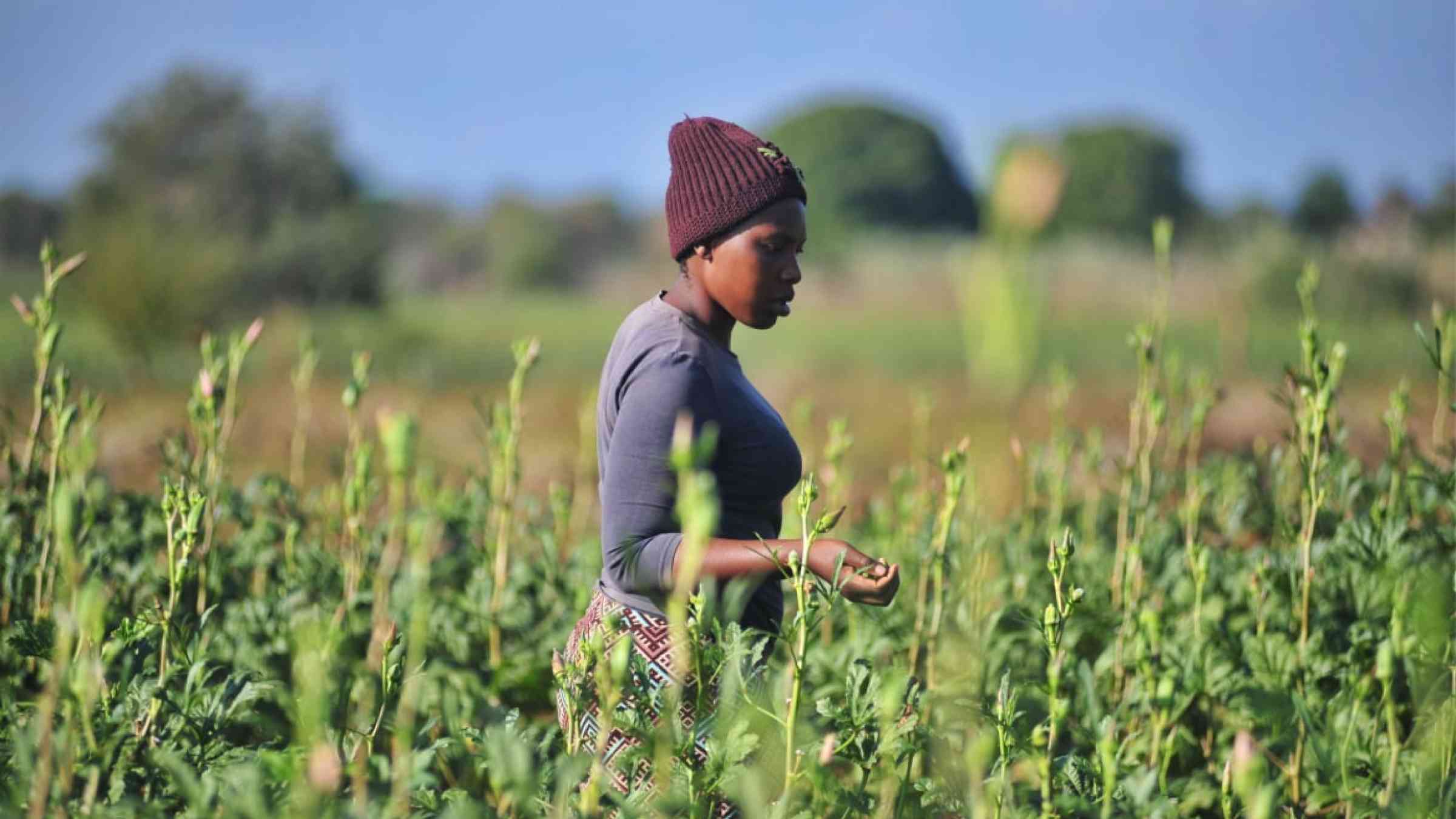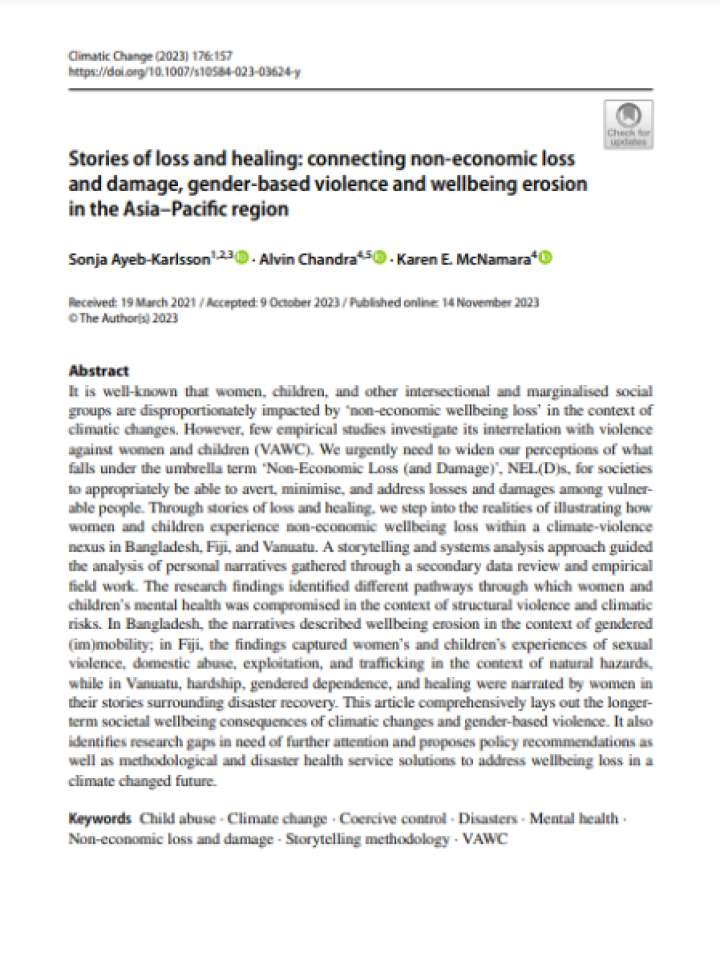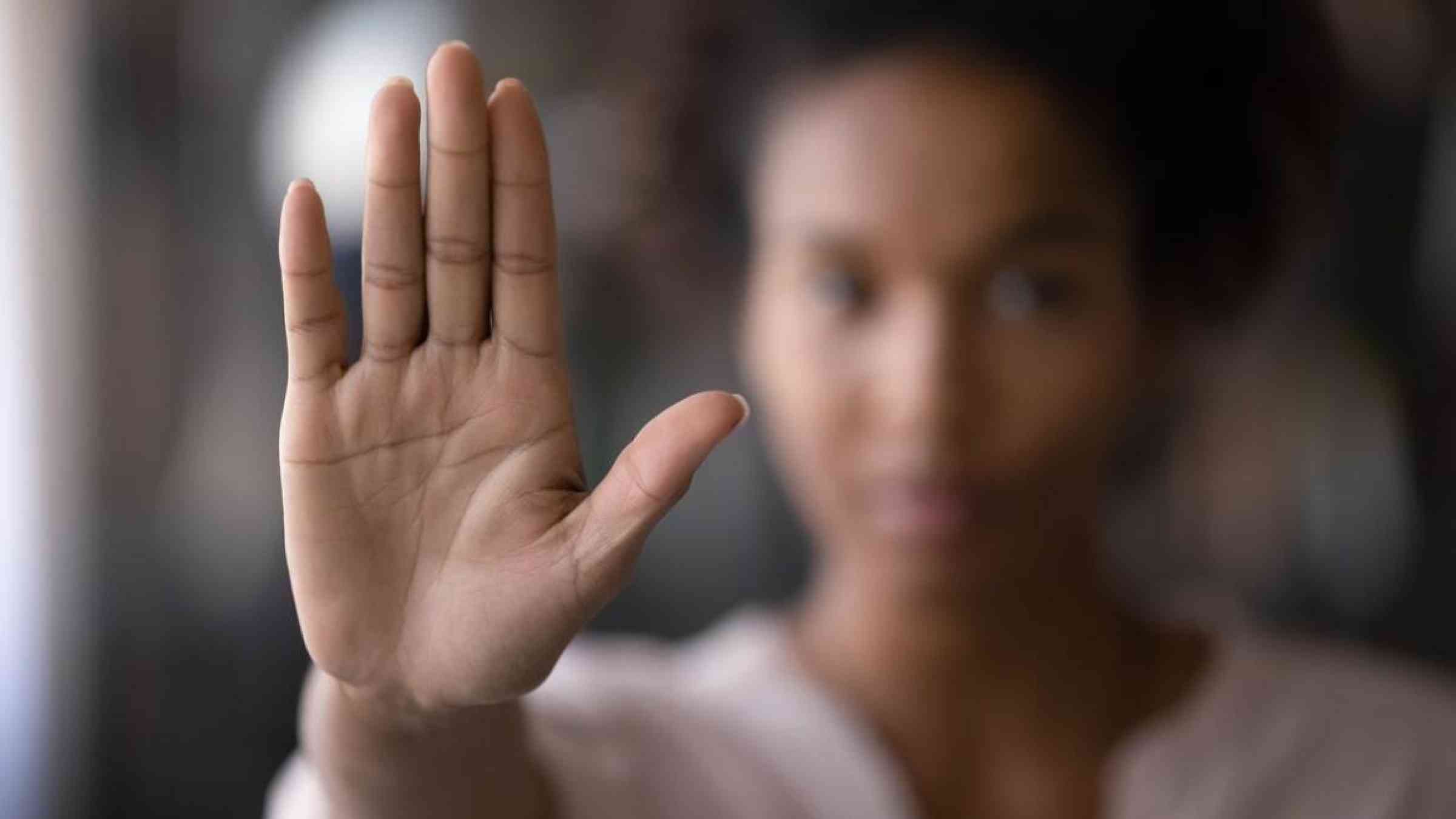Violence against women
Image

Introduction
Disasters raise risks of violence and against women and girls by amplifying pre-existing vulnerabilities in society. Gender-inclusive disaster risk reduction can reduce this risk in multiple ways - by identifying the specific needs of women, by reducing the impacts of disasters more generally, and by empowering women in their communities.
This is a collection of resources that show how disasters worsen violence against women, and some ways we can take action to prevent this spiral of violence and inequality.
Related links
Themes






